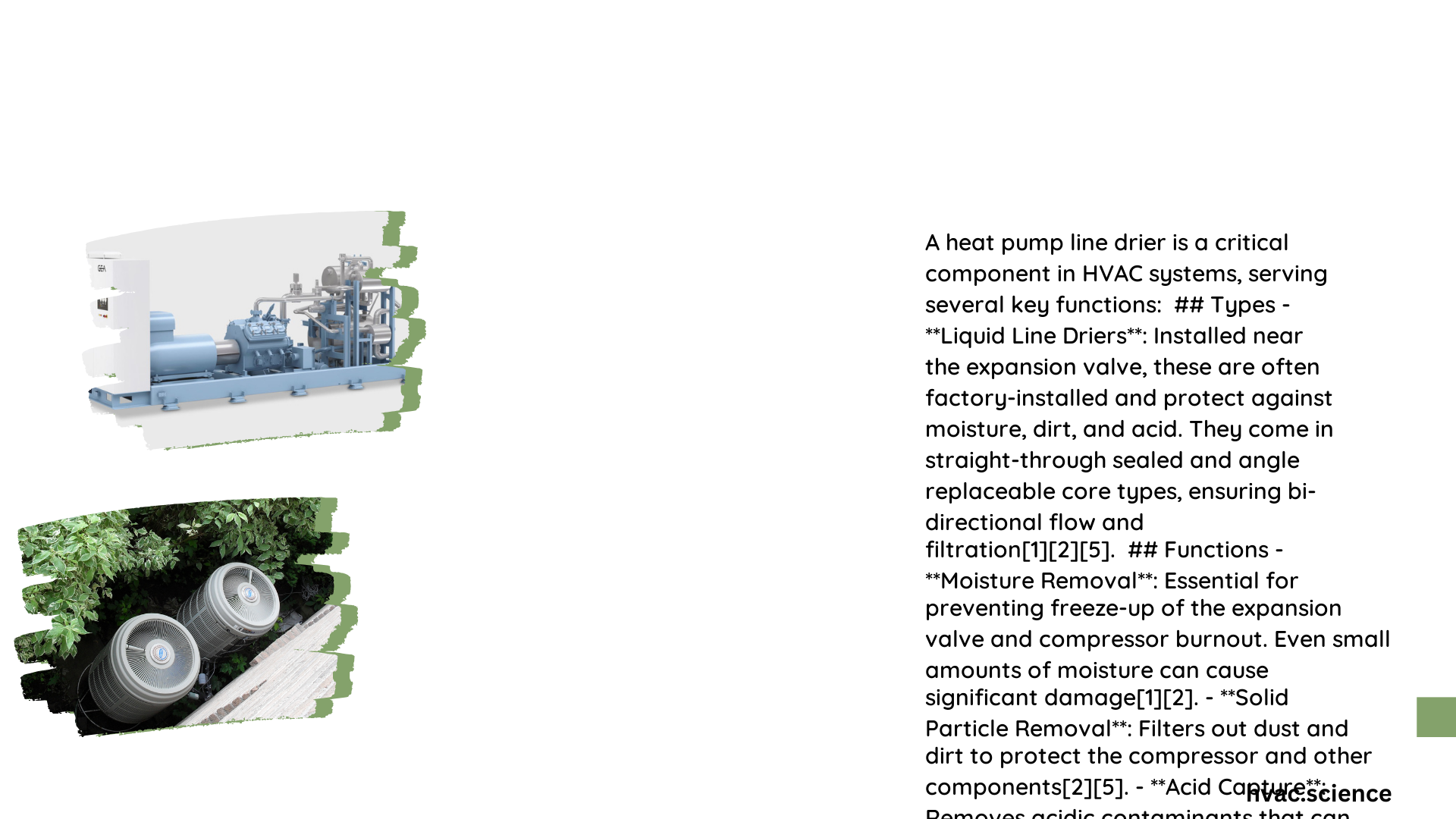Heat pump line driers represent a revolutionary approach to clothes drying, combining advanced thermodynamic technology with exceptional energy efficiency. These innovative appliances utilize refrigeration principles to extract moisture from clothing, dramatically reducing energy consumption compared to traditional electric dryers. By recycling heat and minimizing energy waste, heat pump line driers offer homeowners a sustainable solution for laundry management, delivering superior performance while significantly lowering utility costs and environmental impact.
What Makes Heat Pump Line Driers Unique?
Heat pump line driers distinguish themselves through sophisticated technological features that set them apart from conventional drying methods. Unlike traditional dryers that exhaust heated air, these advanced systems capture and recirculate thermal energy, creating a closed-loop drying environment.
Key Technological Advantages
| Feature | Benefit | Energy Impact |
|---|---|---|
| Closed-Loop System | Minimizes heat loss | 50-60% less energy consumption |
| Low-Temperature Drying | Reduces fabric wear | Extends clothing lifespan |
| Precise Moisture Control | Prevents over-drying | Optimizes drying efficiency |
How Do Heat Pump Line Driers Work?

The operational mechanism of heat pump line driers involves several critical steps:
- Moisture Extraction
- Air passes through wet clothing
- Refrigerant absorbs moisture and heat
-
Moisture condenses into water collection tank
-
Heat Recycling
- Captured heat is compressed and reused
- Refrigerant transfers thermal energy back to drying chamber
-
Maintains consistent drying temperature
-
Efficient Condensation
- Moisture separated from clothing
- Water collected in dedicated reservoir
- Dry air circulated for continued drying
What Are the Performance Specifications?
Technical Parameters
- Average Capacity: 7-9 kg
- Energy Efficiency Rating: A+++
- Typical Power Consumption: 500-800 watts
- Noise Level: 55-65 decibels
- Refrigerant Type: R290 (Propane)
What Installation Considerations Exist?
Placement Requirements
- Electrical Connection: 220-240V dedicated circuit
- Space Requirement: Minimum 60 cm x 60 cm floor area
- Ventilation: No external venting needed
- Water Drainage: Built-in condensate collection
How to Maintain Your Heat Pump Line Drier?
Maintenance Checklist
- Monthly Tasks:
- Clean lint filter
- Wipe condenser unit
-
Check water reservoir
-
Quarterly Tasks:
- Inspect electrical connections
- Verify refrigerant levels
- Test moisture sensors
What Cost Savings Can You Expect?
Economic Benefits
- Annual Energy Savings: $100-$250
- Reduced Carbon Footprint: Up to 60% lower emissions
- Potential Utility Rebates: $50-$200 incentives
- Extended Clothing Lifespan: Gentler drying mechanism
What Potential Challenges Might Arise?
Troubleshooting Common Issues
- Longer Drying Times: Check filter cleanliness
- Moisture Accumulation: Verify drainage system
- Performance Reduction: Schedule professional maintenance
Conclusion
Heat pump line driers represent a sophisticated, energy-efficient solution for modern laundry management. By understanding their technology, maintenance requirements, and operational benefits, homeowners can make informed decisions about integrating this innovative appliance into their households.
